Blog

Spelling — What Actually Works
Spelling isn’t guessing; it’s patterns. A few simple routines can change everything.

Patterns of Power
Patterns of Power is a mentor-sentence based grammar program that follows the research of teaching grammar and conventions through emulation and original writing.

Simplify Writing
Simplify Writing is an open-and-go, evidence-based writing curriculum for students writing at a kindergarten through 8th grade level.

The (Not So) Simple View of Writing
Writing isn’t just about putting words on a page. It’s a complex process that requires a child to juggle transcription, composition, executive functioning, and working memory—all at the same time.
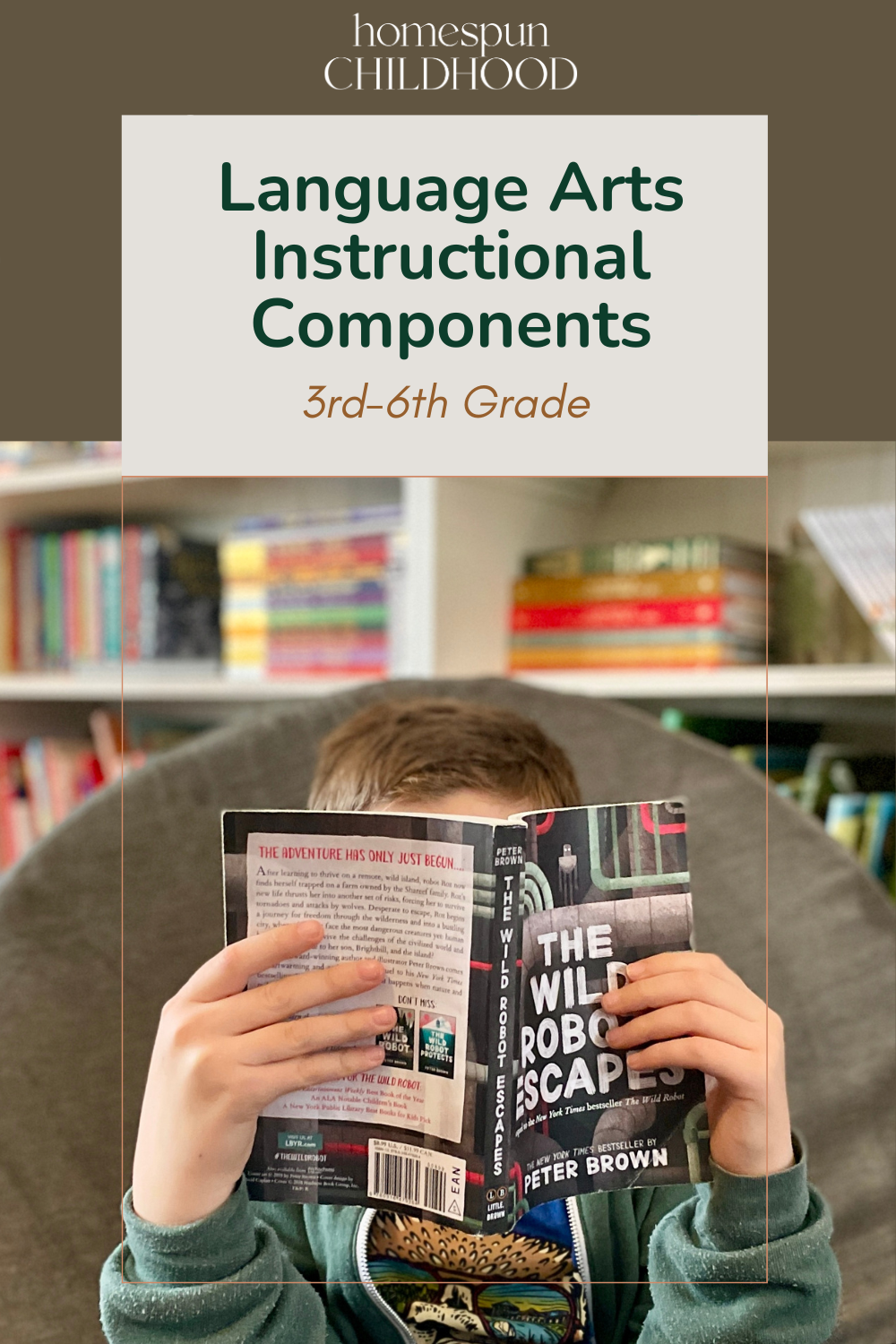
Language Arts Instructional Components for Grades 3-6
Once students complete a foundational reading program, it can feel overwhelming to know what language arts skills to teach next. Let me break it down for you!
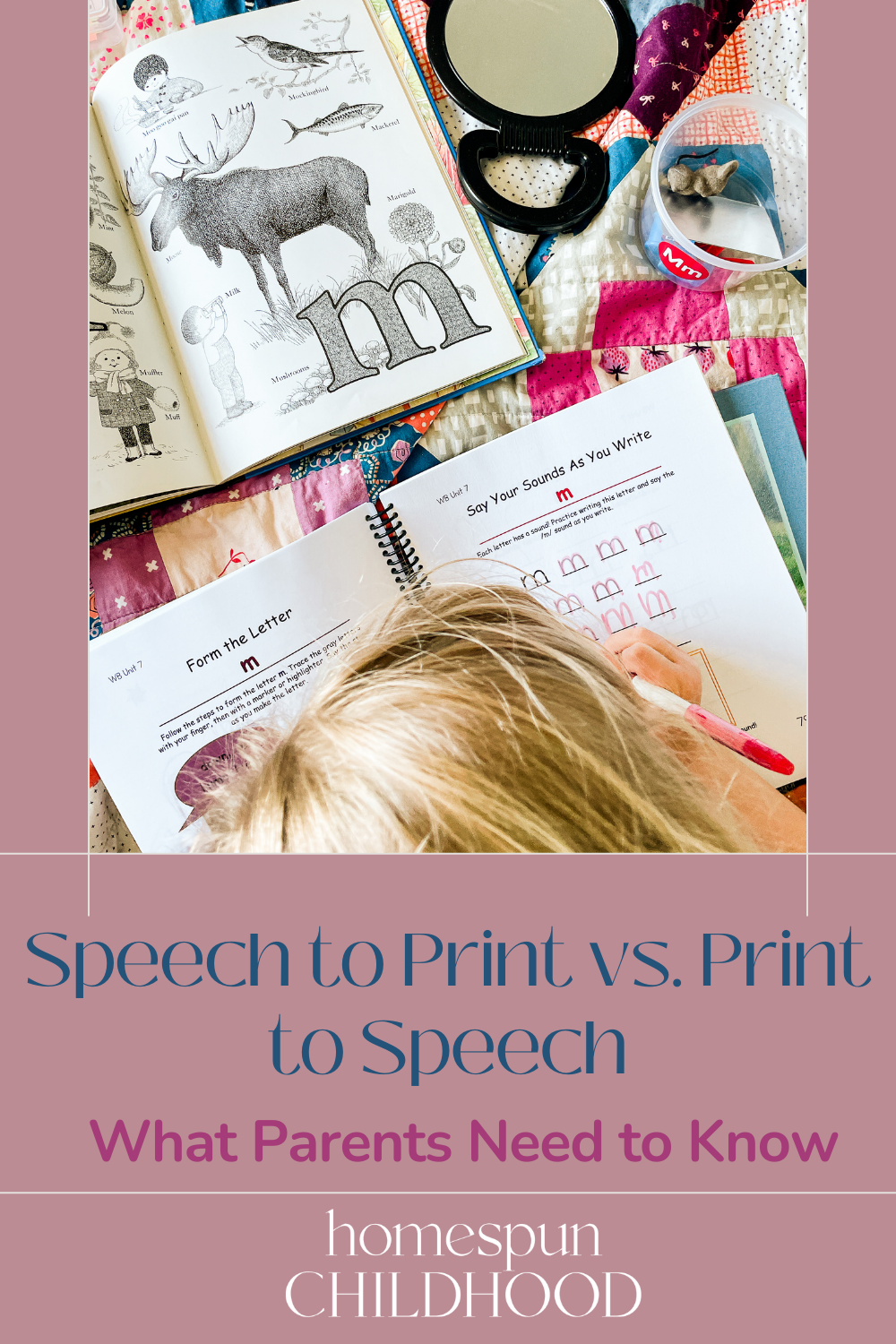
Speech to Print vs. Print to Speech: What Parents Need to Know
Learn why speech-to-print is essential for teaching reading at home. This approach builds strong readers by focusing on sounds first and connecting them to print. Get expert insights and practical tips to use in your homeschool!
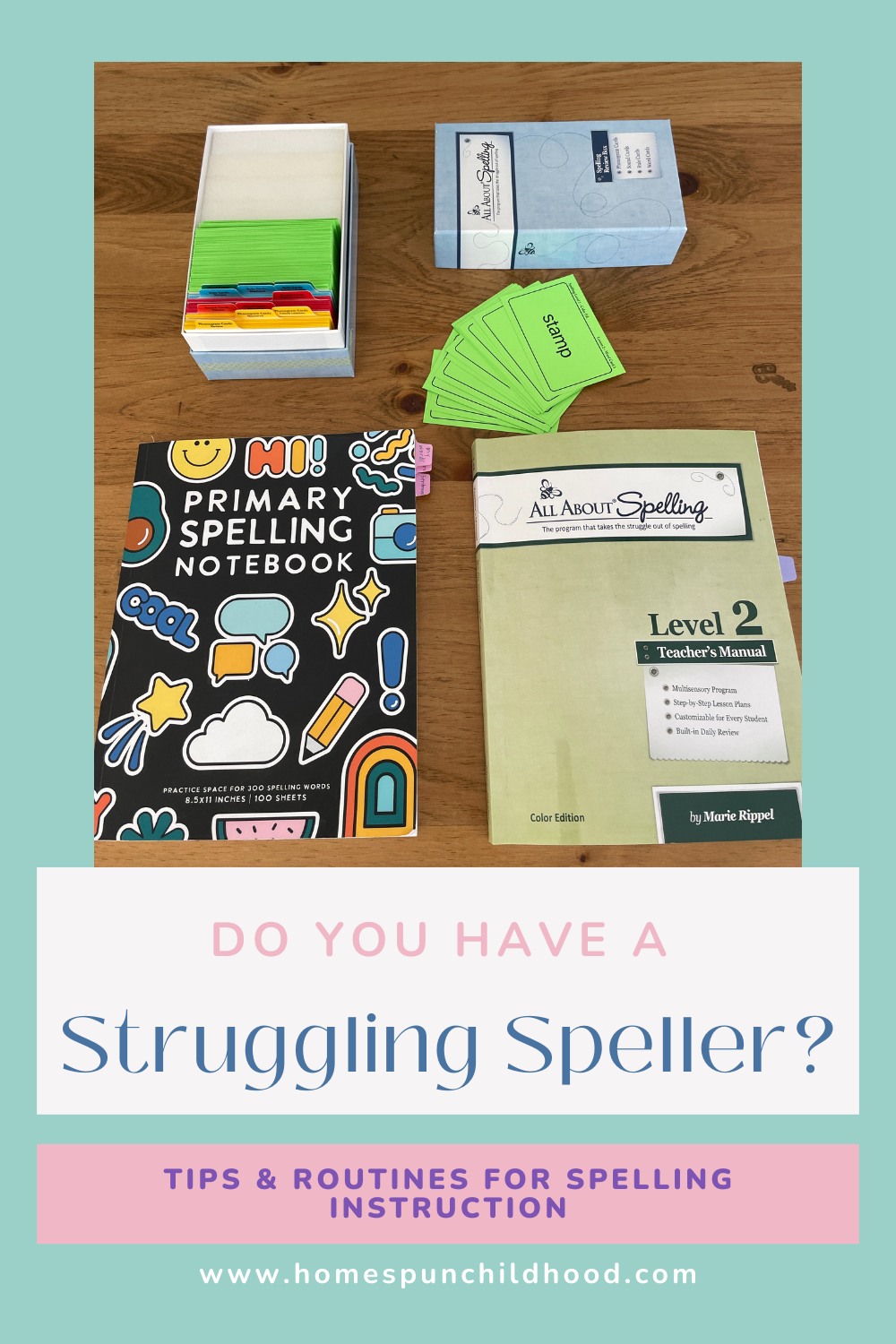
What to Do When Your Child Struggles with Spelling: A Weekly Routine
Struggling with spelling? Discover effective strategies and a step-by-step weekly routine to help your child improve. From phoneme-grapheme mapping to dictation practice, this guide empowers parents with actionable tips for confident, successful spellers.
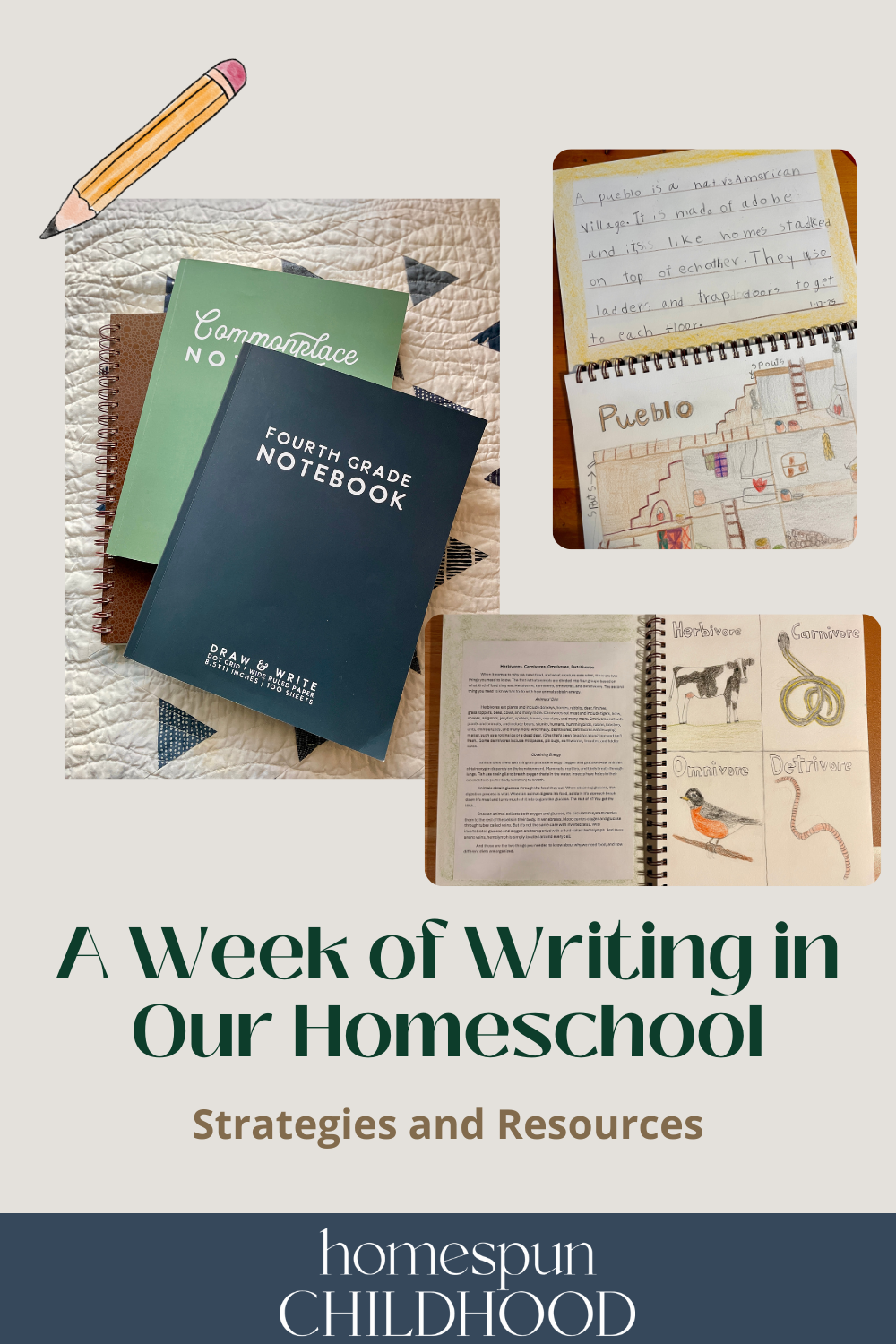
A Week of Writing in Our Homeschool: Strategies and Resources
Homeschool Writing Made Simple
Discover how we structure a week of writing for 4th and 2nd grade! From IEW and Writing & Rhetoric to notebooking and novel studies, our approach blends structure with creativity.

Literature With My 10-Year-Old
Our literature routine is pretty solid at this point. Since my oldest finished his foundational reading program, we have focused on novel studies with a side of vocabulary and word study for the basis of his reading instruction. Each year, I pick a selection of books I would like to work through with him for a literature focus.
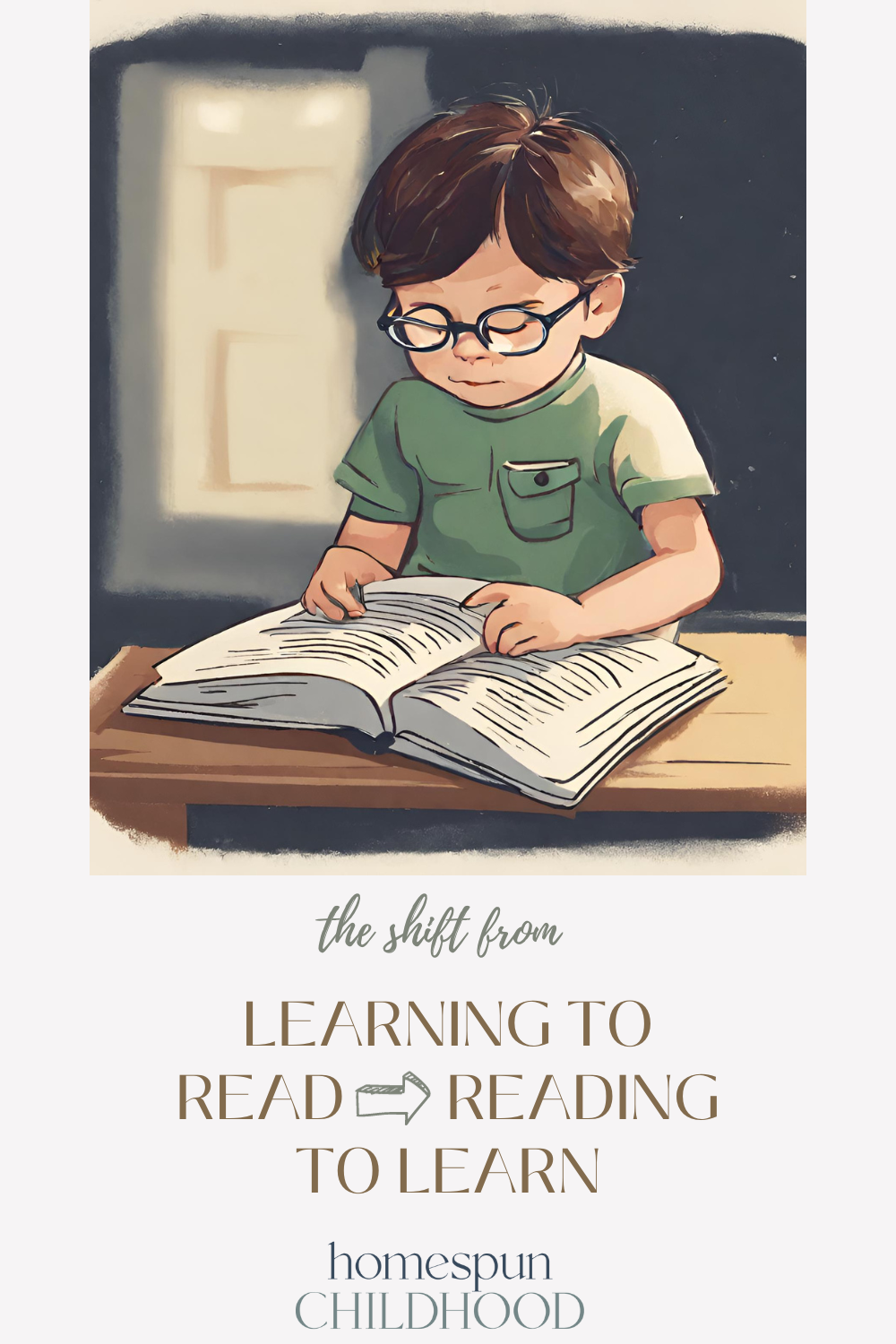
the shift from learning to read to reading to learn
Let’s chat about the shift from learning to read to reading to learn. There is a heavier emphasis on decoding in foundational reading instruction, whereas in the upper elementary grades, when children have become fluent readers, this shifts to reading comprehension.

supporting a struggling reader
Some children, roughly 15-20%, will struggle with learning to read due to a reading disability, like dyslexia. That’s 1 in 5 people. Another 40-50% of children need structured literacy — systematic, explicit instruction. Approximately 35% of children learn to read easily with systematic instruction. And only 5% of children learn to read on their own. Children need high-quality, structured literacy instruction. And you can do it.
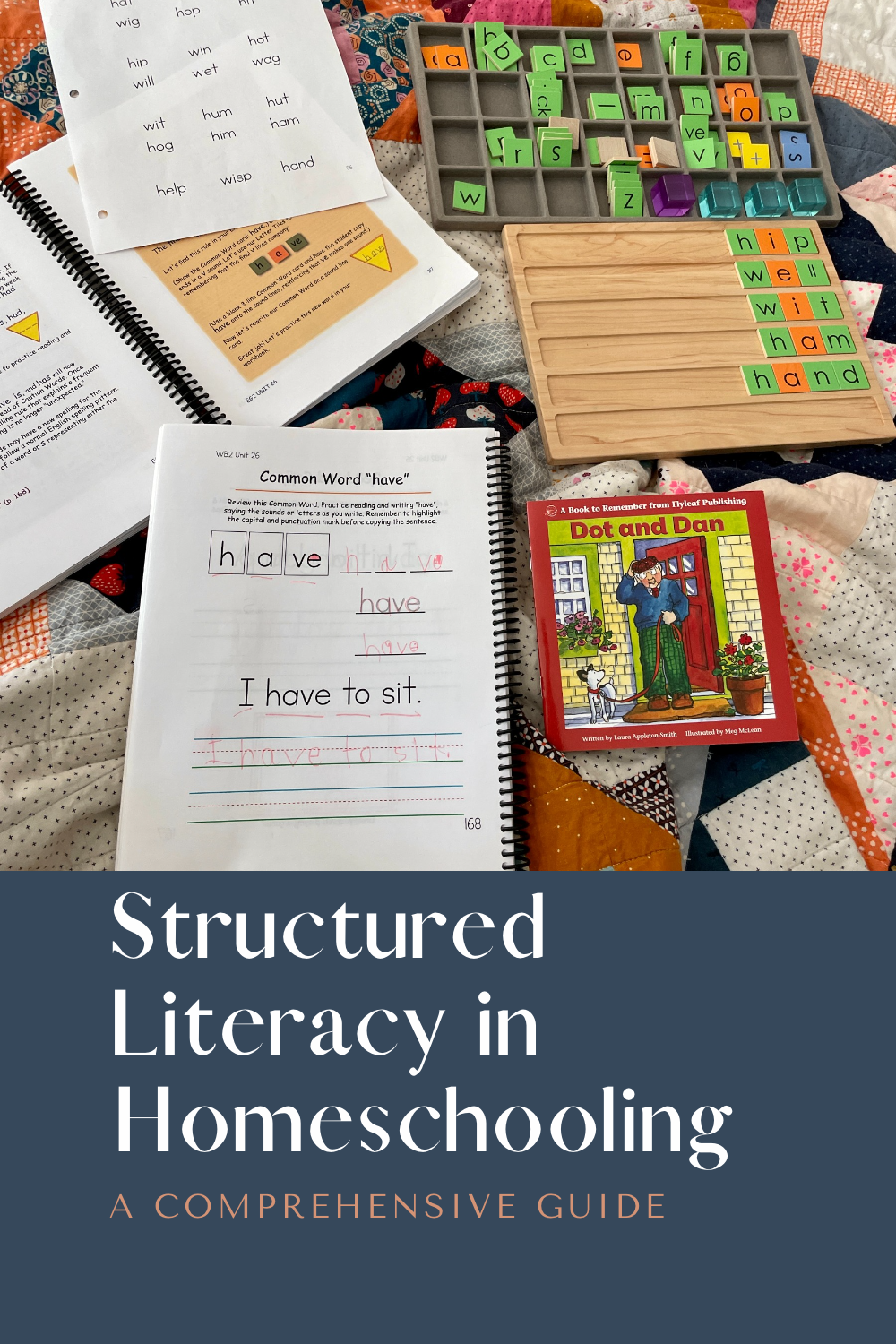
Structured Literacy in Homeschooling
When it comes to literacy instruction, structured literacy has emerged as a highly effective method that equips students with strong reading and writing skills. In this blog post, we'll dive into structured literacy and explore its benefits for homeschooling families.
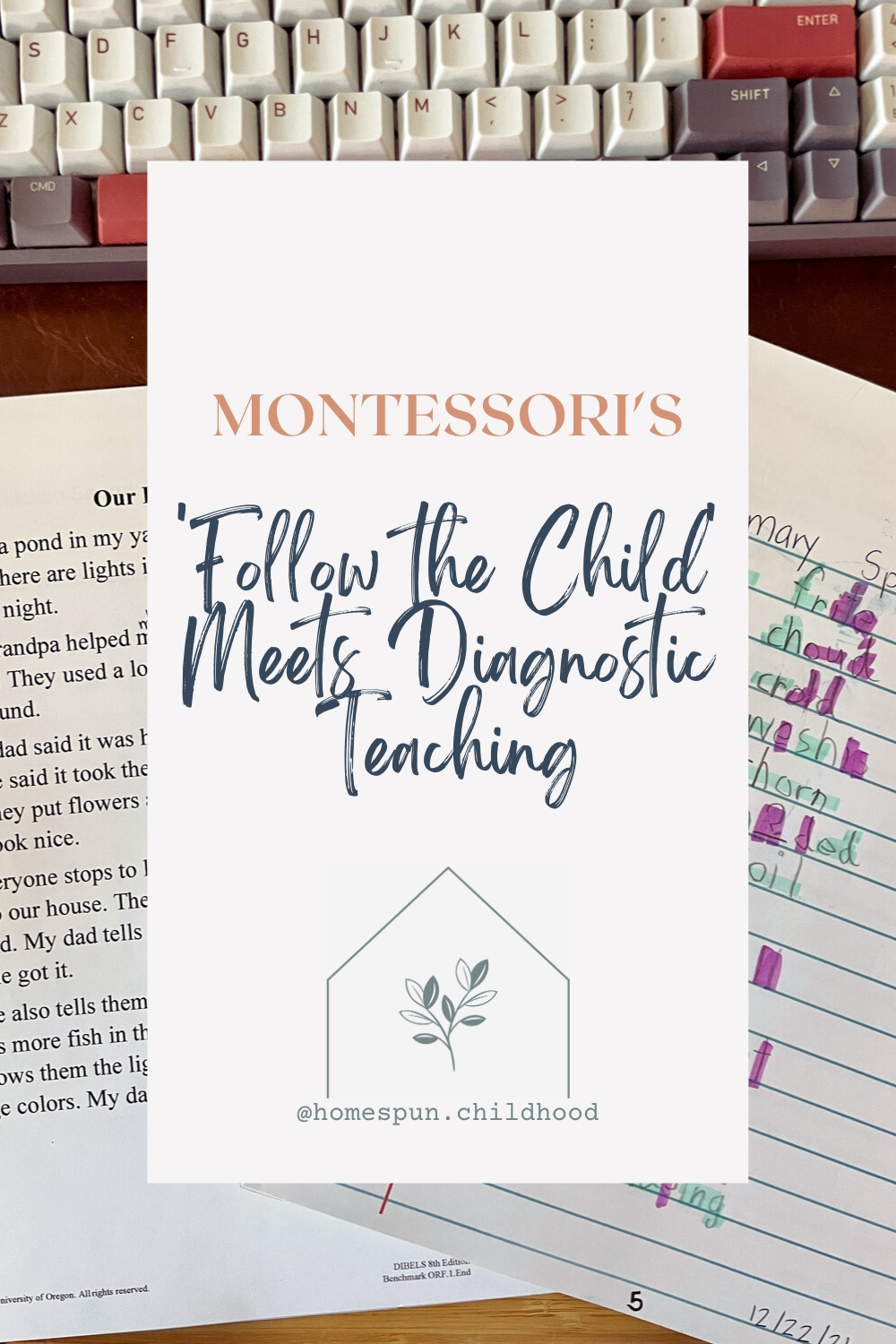
'Follow the Child' Meets Diagnostic Assessments
Diagnostic and prescriptive instruction play a crucial role in supporting students' literacy development. By observing and understanding each child's unique abilities and interests, we can tailor our teaching methods to meet their individual needs.

